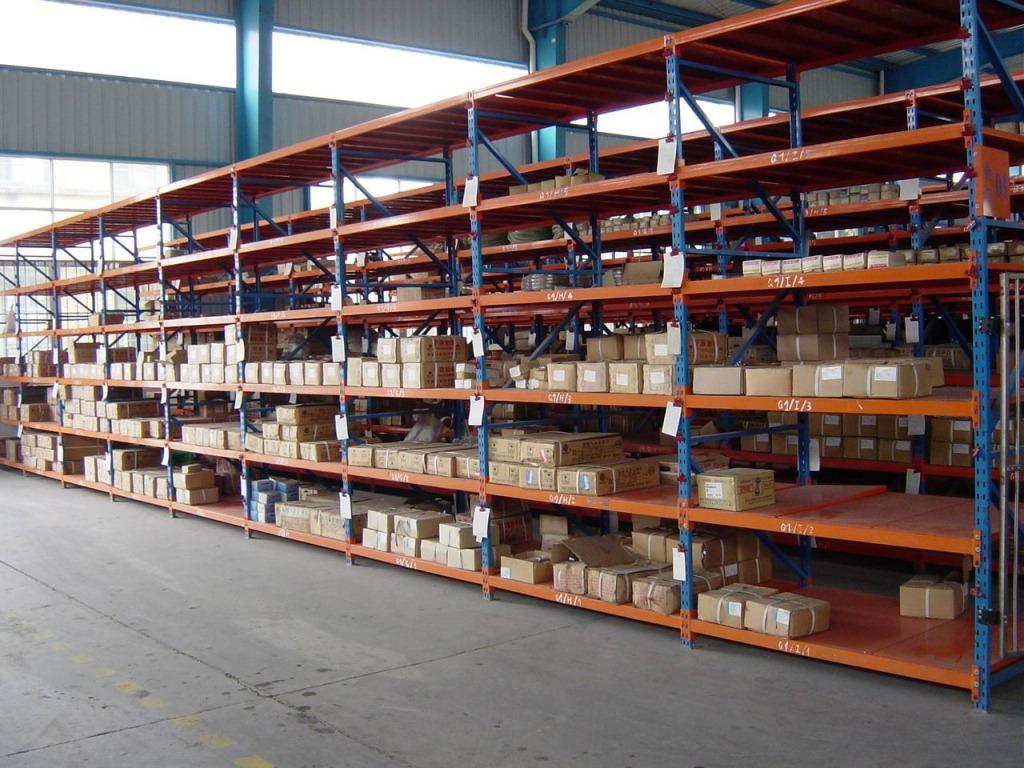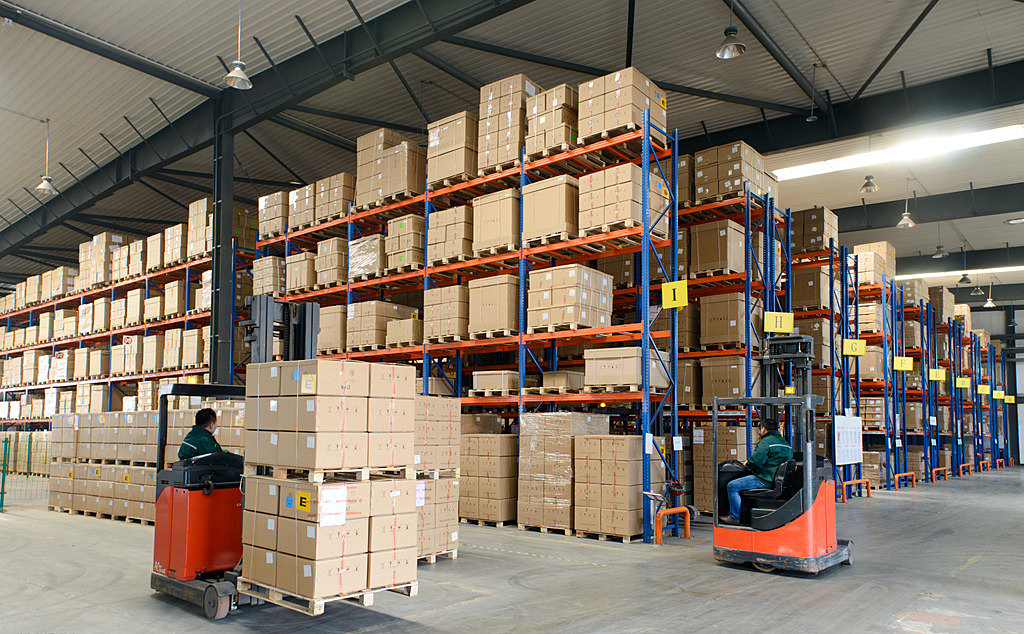In the dynamic world of logistics and inventory management, optimizing storage space is a constant challenge for businesses. Warehouseracks have emerged as a fundamental solution, transforming cluttered warehouses into streamlined hubs of productivity. These systems are not just about stacking items; they are engineered to enhance accessibility, safety, and overall operational flow. Whether you're managing a small storage room or a large distribution center, understanding warehouseracks can lead to significant improvements in how you handle goods. This article dives deep into the core aspects of warehouseracks, offering insights that can help you make informed decisions for your storage needs. From types and benefits to installation and safety, we'll explore how warehouseracks can revolutionize your space without relying on complex jargon or brand-specific terms. Let's uncover the essentials of warehouseracks and why they are indispensable in modern storage environments.

Warehouseracks come in various designs, each tailored to specific storage requirements and space constraints. One common type is selective warehouseracks, which allow direct access to every pallet, making them ideal for facilities with diverse inventory. Another popular option is drive-in warehouseracks, which maximize density by allowing forklifts to enter the structure, perfect for high-volume, low-variety goods. For environments needing high storage capacity, push-back warehouseracks use a gravity-fed system to store multiple pallets deep, while pallet flow warehouseracks incorporate dynamic rollers for efficient first-in, first-out (FIFO) inventory management. Additionally, cantilever warehouseracks are designed for long, bulky items like pipes or furniture, offering unobstructed access without vertical supports. Each type of warehouseracks addresses unique challenges, such as space utilization, accessibility, and inventory rotation. By selecting the right warehouseracks, businesses can reduce handling times and minimize errors. It's crucial to assess factors like load weight, warehouse layout, and retrieval frequency when choosing among these warehouseracks varieties. Ultimately, understanding these options ensures that your warehouseracks investment aligns with your operational goals, leading to long-term efficiency gains.
Implementing warehouseracks brings a multitude of benefits that extend beyond simple storage. Firstly, warehouseracks significantly improve space utilization by enabling vertical storage, which is essential in urban areas where floor space is limited. This vertical approach can double or triple storage capacity without expanding the building footprint. Secondly, warehouseracks enhance organization and inventory control, reducing the time workers spend searching for items and lowering the risk of lost stock. This leads to faster order fulfillment and higher customer satisfaction. Another key advantage is the boost in safety; well-designed warehouseracks reduce clutter and provide stable storage, minimizing accidents like falls or collapses. Moreover, warehouseracks contribute to cost savings by optimizing labor efficiency and reducing the need for additional warehouse expansions. They also support scalability, allowing businesses to adapt to seasonal peaks or growth without major overhauls. In terms of durability, high-quality warehouseracks are built to withstand heavy loads and harsh conditions, ensuring a long lifespan with minimal maintenance. By integrating warehouseracks into your operations, you can achieve a more agile and responsive supply chain, making them a cornerstone of modern logistics strategies.
Choosing the right warehouseracks involves evaluating several critical factors to ensure they meet your specific needs. Start by assessing the load capacity and dimensions of your inventory; warehouseracks must support the weight and size of your goods without compromising safety. Next, consider the warehouse layout, including ceiling height and floor space, as this influences the type and configuration of warehouseracks you can install. Accessibility is another vital aspect—think about how often items are retrieved and whether you need features like adjustable shelves or specialized designs for fast-moving products. Budget constraints also play a role; while initial costs for warehouseracks might seem high, factor in long-term benefits like reduced operational expenses and increased storage density. Additionally, evaluate the compatibility of warehouseracks with existing equipment, such as forklifts or automated systems, to avoid integration issues. It's wise to consult with professionals who can perform a site analysis and recommend warehouseracks that align with your workflow. Don't overlook future growth; scalable warehouseracks designs allow for easy modifications as your business evolves. By carefully weighing these factors, you can invest in warehouseracks that deliver optimal performance and reliability.

Proper installation and maintenance are crucial for maximizing the lifespan and safety of warehouseracks. During installation, it's essential to follow manufacturer guidelines and involve experienced technicians to ensure structural integrity. This includes verifying that the foundation is level and secure, as uneven surfaces can lead to instability in warehouseracks. Regular inspections should be conducted to check for signs of wear, such as bent beams or loose bolts, which could compromise the system. Implementing a maintenance schedule for warehouseracks helps identify issues early, preventing costly repairs or accidents. This might involve cleaning debris, lubricating moving parts in dynamic systems, and reinforcing load-bearing components. Training staff on proper usage, like avoiding overloading or incorrect pallet placement, is also key to preserving warehouseracks. Additionally, consider environmental factors; for instance, in humid conditions, corrosion-resistant coatings on warehouseracks can extend their durability. Documenting maintenance activities and keeping records of inspections ensures accountability and compliance with safety standards. By adhering to these best practices, businesses can maintain efficient and safe warehouseracks that support continuous operations without disruptions.
Safety is a top priority when integrating warehouseracks into any storage facility. One fundamental measure is conducting regular risk assessments to identify potential hazards, such as overloading or improper stacking, which can lead to collapses. Warehouseracks should be equipped with safety features like load placards that indicate weight limits and guard rails to prevent accidental impacts. It's also important to ensure that warehouseracks are installed away from high-traffic areas to reduce the risk of collisions with equipment or personnel. Employee training plays a critical role; workers must be educated on safe loading techniques, the importance of even weight distribution, and how to report defects in warehouseracks promptly. Implementing clear signage and aisle markings around warehouseracks can enhance visibility and prevent mishaps. In case of seismic activity or other environmental risks, specialized warehouseracks with reinforced designs may be necessary. Regular audits and compliance with industry standards, such as those from OSHA, help maintain a safe environment. By prioritizing safety in every aspect of warehouseracks usage, businesses can protect their assets and workforce while fostering a culture of prevention and care.
Q1: What are the main types of warehouseracks available for different storage needs?
A1: Warehouseracks come in several varieties, including selective, drive-in, push-back, pallet flow, and cantilever designs. Selective warehouseracks offer easy access to individual pallets, while drive-in warehouseracks maximize density for high-volume storage. Push-back and pallet flow warehouseracks are ideal for FIFO or LIFO inventory systems, and cantilever warehouseracks handle long, bulky items efficiently.
Q2: How do warehouseracks contribute to improving warehouse efficiency?
A2: Warehouseracks enhance efficiency by optimizing vertical space, reducing clutter, and streamlining inventory retrieval. This leads to faster order processing, better organization, and lower labor costs. By using warehouseracks, businesses can also minimize errors and improve overall workflow in storage operations.
Q3: What factors should I consider when choosing warehouseracks for my facility?
A3: Key factors include load capacity, warehouse dimensions, accessibility requirements, budget, and compatibility with existing equipment. It's important to assess your inventory type, retrieval frequency, and future growth plans to select warehouseracks that align with your operational goals.
Q4: How often should warehouseracks be inspected and maintained?
A4: Warehouseracks should undergo regular inspections at least annually, or more frequently in high-usage environments. Maintenance includes checking for structural damage, ensuring bolts are tight, and cleaning components. Immediate inspections are recommended after any incident or overload to maintain safety.
Q5: Can warehouseracks be customized to fit unique storage spaces?
A5: Yes, many warehouseracks can be customized in terms of size, height, and configuration to accommodate irregular spaces or specific inventory needs. Working with suppliers allows for tailored solutions that maximize storage efficiency without compromising on safety or functionality.
 Wechat
Wechat
 Whatsapp
Whatsapp